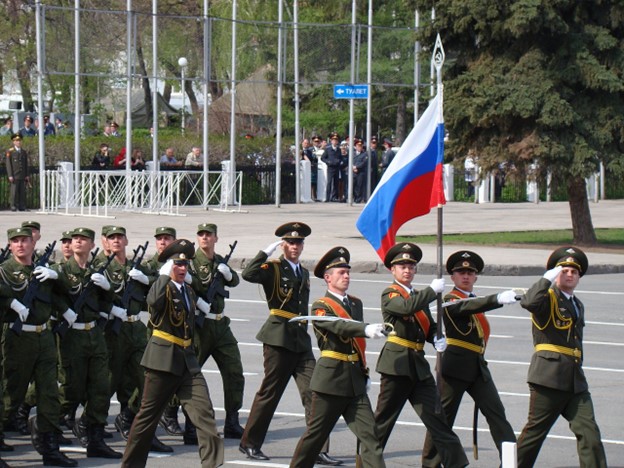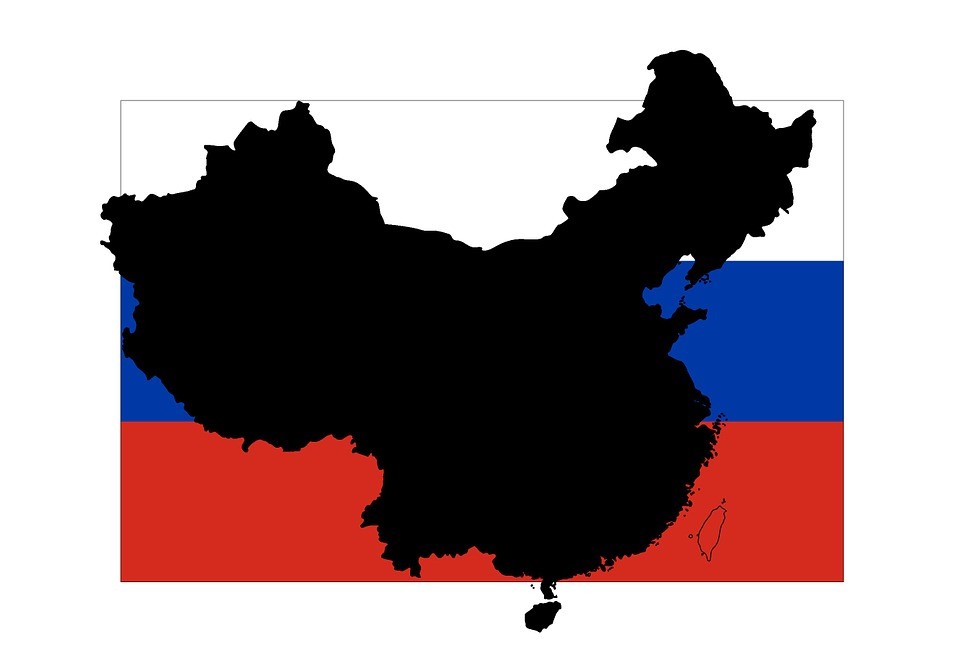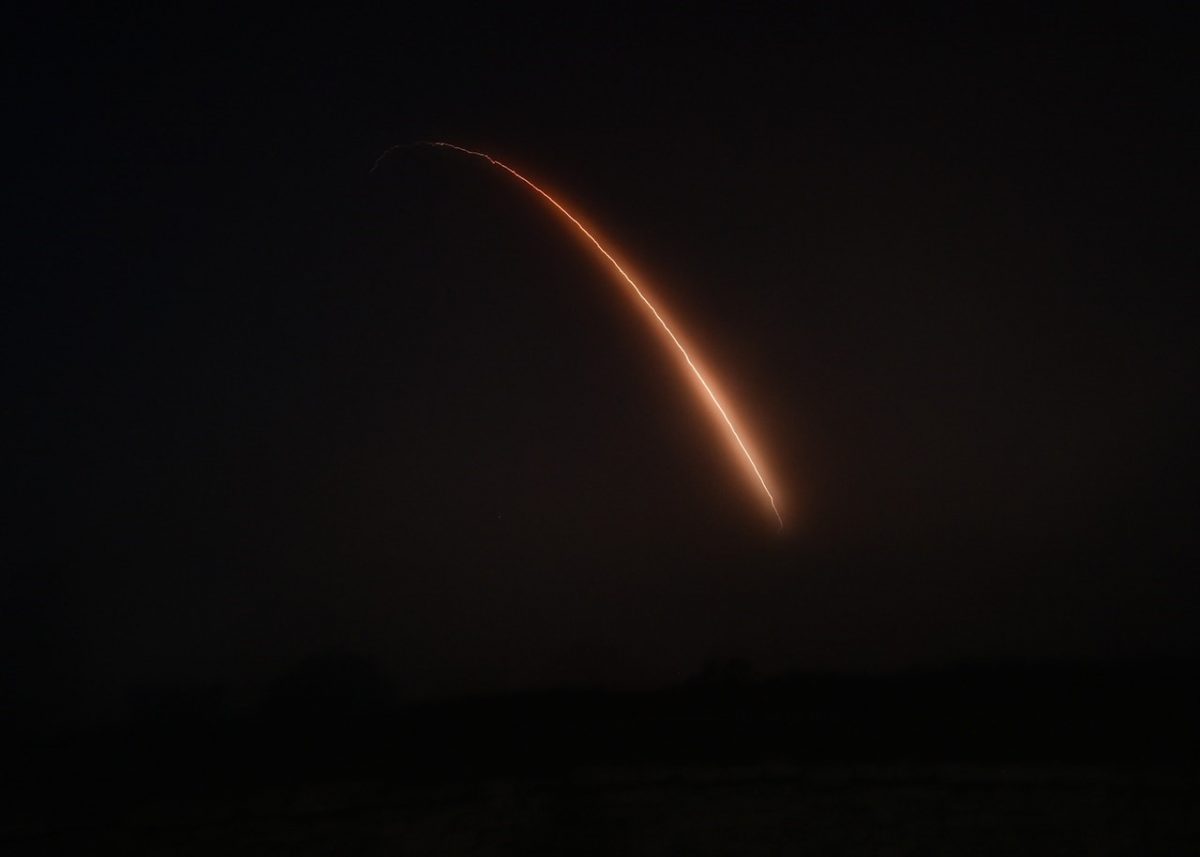The Beige Book is a Federal Reserve System publication about current economic conditions across the 12 Federal Reserve Districts. It characterizes regional economic conditions and prospects based on a variety of mostly qualitative information, gathered directly from each District’s sources. The latest edition has just been released. We present key portions of the summary here.
Overall Economic Activity
Overall economic activity expanded slightly, on balance, since late February. Ten out of twelve Districts experienced either slight or modest economic growth—up from eight in the previous report, while the other two reported no changes in activity. Consumer spending barely increased overall, but reports were quite mixed across Districts and spending categories. Several reports mentioned weakness in discretionary spending, as consumers’ price sensitivity remained elevated. Auto spending was buoyed notably in some Districts by improved inventories and dealer incentives, but sales remained sluggish in other Districts. Tourism activity increased modestly, on average, but reports varied widely. Manufacturing activity declined slightly, as only three Districts reported growth in that sector. Contacts reported slight increases in nonfinancial services activity, on average, and bank lending was roughly flat overall. Residential construction increased a little, on average, and home sales strengthened in most Districts. In contrast, nonresidential construction was flat, and commercial real estate leasing fell slightly. The economic outlook among contacts was cautiously optimistic, on balance.
Labor Markets
Employment rose at a slight pace overall, with nine Districts reporting very slow to modest increases, and the remaining three Districts reporting no changes in employment. Most Districts noted increases in labor supply and in the quality of job applicants. Several Districts reported improved retention of employees, and others pointed to staff reductions at some firms. Despite the improvements in labor supply, many Districts described persistent shortages of qualified applicants for certain positions, including machinists, trades workers, and hospitality workers. Wages grew at a moderate pace in eight Districts, with the remaining four noting only slight to modest wage increases. Multiple Districts said that annual wage growth rates had recently returned to their historical averages. On balance, contacts expected that labor demand and supply would remain relatively stable, with modest further job gains and continued moderation of wage growth back to pre-pandemic levels.
Prices
Price increases were modest, on average, running at about the same pace as in the last report. Disruptions in the Red Sea and the collapse of Baltimore’s Key Bridge caused some shipping delays but so far did not lead to widespread price increases. Movements in raw materials prices were mixed, but six Districts noted moderate increases in energy prices. Contacts in several Districts reported sharp increases in insurance rates, for both businesses and homeowners. Another frequent comment was that firms’ ability to pass cost increases on to consumers had weakened considerably in recent months, resulting in smaller profit margins. Inflation also caused strain at nonprofit entities, resulting in service reductions in some cases. On balance, contacts expected that inflation would hold steady at a slow pace moving forward. At the same time, contacts in a few Districts—mostly manufacturers—perceived upside risks to near-term inflation in both input prices and output prices.
Highlights by Federal Reserve District
Boston
Business activity expanded at a modest pace in recent weeks, and prices rose slightly. Employment was flat overall, but one retailer reported significant layoffs. Convention and tourism activity grew at a robust pace. Home sales increased on a year-over-year basis, marking a turnaround. The outlook ranged from cautiously optimistic to bullish.
New York
On balance, regional economic activity remained flat. Labor market conditions were solid and continued to normalize as labor supply and labor demand came into better balance. Consumer spending was unchanged after a weak first quarter. Housing markets strengthened, with the spring selling season picking up beyond the seasonal norm. The pace of selling price increases remained modest.
Philadelphia
On balance, business activity was flat in the current Beige Book period—after declining slightly last period. Employment edged up, despite staffing and recruitment efforts slowing to a crawl. Wage and price inflation continue to moderate; however, housing affordability continues to be a concern. Overall, the outlook is positive, as firms remained optimistic about expectations for future growth.
Cleveland
District business activity increased modestly, as did employment. Firms anticipated greater ease filling open positions, including those that have been particularly challenging, because of increased labor availability. Wage pressures continued to normalize, and some contacts reduced starting wages for new roles. Cost and price pressures changed little.
Richmond
The regional economy grew at slight pace since our previous report. Consumer spending on retail goods was mixed but spending on travel and tourism was up slightly. Fifth District port activity slowed and was impacted by the collapse of the Francis Scott Key Bridge. Employment growth slowed from a moderate to a modest rate in recent weeks, but wages continued to grow moderately. Price growth also remained moderate.
Atlanta
The Sixth District economy grew modestly. Labor markets continued to stabilize; wage pressures eased. Many nonlabor costs moderated. Retail sales were steady, but consumers remained price conscious. Tourism remained robust. Commercial real estate conditions slowed. Transportation activity was mixed. Manufacturing grew slightly. Loan demand was flat. Energy activity improved.
Chicago
Economic activity increased slightly. Employment increased modestly; business and consumer spending rose slightly; nonbusiness contacts saw no change in activity; and manufacturing and construction and real estate activity were flat. Prices and wages rose moderately, while financial conditions were stable. Prospects for 2024 farm income were unchanged.
St. Louis
Economic activity has continued to increase slightly since our previous report. Prices have increased modestly, as contacts are broadly feeling the pressures of increases in both labor and non-labor costs. The outlook was neutral to slightly optimistic, which is generally unchanged from our previous report, but better than one year ago.
Minneapolis
District economic activity grew slightly. Employment grew some, but labor demand was softer. Wage pressures were present but continued to ease, while price pressures ticked up. Consumer spending was mostly flat, and manufacturing slowed modestly. Commercial and residential construction improved slightly. Agricultural conditions were steady at low levels.
Kansas City
The District economy expanded modestly. Demand for auto loans and residential mortgages rose as borrowing rates declined. Demand for HELOC also increased as a means to consolidate or refinance household debt. Job gains were modest even as worker availability improved slightly.
Dallas
The Eleventh District economy expanded modestly. While activity in services and housing grew, manufacturing output, retail sales, and loan demand declined slightly. Employment growth slowed as wages, input costs, and selling prices grew at a moderate pace. Overall, Texas firms noted an uptick in uncertainty.
San Francisco
Economic activity continued to grow at a slight pace, employment levels were little changed, and prices and wages rose slightly. Retail sales were unchanged, and demand for services grew modestly. Demand for manufactured products changed little, and conditions in agriculture were mixed. Real estate activity was slightly down. Financial sector conditions were largely unchanged.
Note: This report was prepared at the Federal Reserve Bank of Boston based on information collected on or before April 8, 2024. This document summarizes comments received from contacts outside the Federal Reserve System and is not a commentary on the views of Federal Reserve officials.









